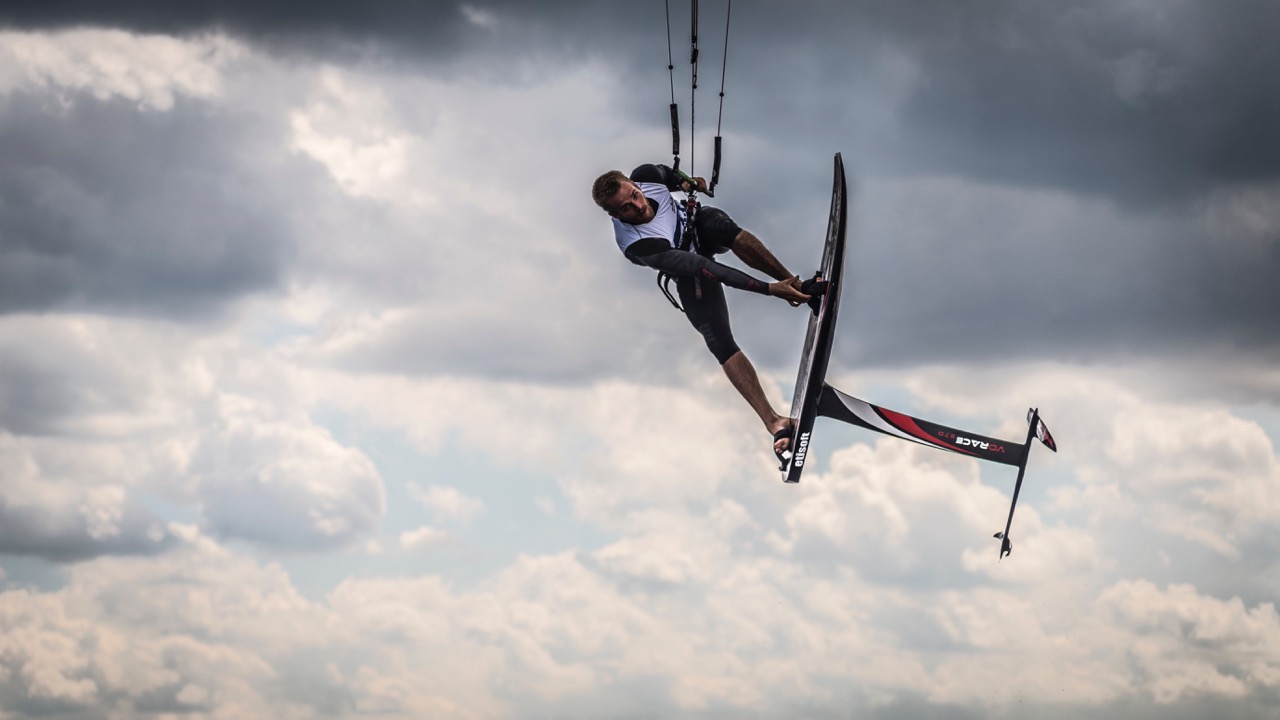Introduction to foil surfing
If you’ve ever wondered what it feels like to be a seal, now’s your chance. Foiling is an exciting new sport that involves riding on top of a hydrofoil while surfing. It’s exhilarating, thrilling, and can make even the most novice rider feel like an expert when they’re up on their board. There are many different types of foils that allow for different types of riding styles; however, there are also multiple types of boards to choose from as well. In this article, we’ll be going over everything you need to know about the world of foiling so you can get started today!
What is Foiling?
Foiling is a way to surf the ocean in a completely new way. It’s like flying through water, and it’s amazing. There are two main pieces of equipment that you need: an inflatable foil (or ‘wing’), and a hydrofoil. The foil goes on top of your board and provides lift, while the hydrofoil sits under your board and keeps it stable while lifting out of the water.
The sport of foiling has blown up all around the world, and it’s easy to see why – it looks like flying over the ocean.
In fact, foiling is just a type of windsurfing or kitesurfing.

A foil board—a specialized surfboard—is connected to an underwater hydrofoil that lifts your body out of the water when you’re riding on it. The result is an exhilarating experience in which you feel like you’re flying above the water.
Foiling can also be used for racing as well as recreation. There are professional competitions all around North America and Europe where riders compete against each other in events called “slaloms” or “speed laps.”
Foil board types.
There are a few different types of foil boards, but the main two are hydrofoils and kites. While both can be used for surfing, they each have their own unique features and characteristics that set them apart from one another.
Hydrofoil boards are what people will typically think of when they picture a “foil surfboard.” They work by creating lift from the water passing under them through their aerodynamic design. A hydrofoil board will always have at least one fin in it, which helps keep the rider steady while on top of the water’s surface.
Kites work differently than hydrofoils do because they use wind power rather than water power to create lift (this is why these types of boards aren’t super popular). Kites can take off faster than hydrofoils because there isn’t as much friction between them and where you’re standing when you start moving around in air rather than liquid—but once your kite is airborne, it will require more effort to keep upright compared with an equivalent-sized hydrofoil board!
Why are foils so fast?
So why are foils so darn fast?

Let’s take a look at what makes foil boards so different from their windsurfing and kiteboarding counterparts. Foils generate more lift than traditional surfboards because they are much wider and have longer water lines (the distance between the nose and tail of your board). Additionally, because they are significantly narrower than traditional boards, it also means that they can travel through the air with fewer drag-inducing appendages sticking out of them—which means that you don’t need to be as good at balancing as you do on a regular board in order to get up on your foil!
Why do foil boards have less volume?
In contrast to a traditional surfboard, which can weigh up to 30 pounds, foil boards are much lighter because they are made of carbon fiber. This material is used in the construction of airplanes and race cars for its strength and lightness.

The smaller surface area of a foil board allows it to cut through waves quickly with less drag than a large hull design would allow. Additionally, this means that there is less water resistance against your body when riding a foil board than you would experience zipping around on waves on a regular surfboard or even a standing-up paddle (SUP) board.
Why is a foil surfboard more expensive than a regular surfboard?
Foil boards are more expensive than traditional surfboards because they require a lot of thought and effort to make. Foils are still a relatively new development in the world of surfing, meaning they haven’t been around long enough to be mass produced on an industrial scale. As such, the material costs associated with producing them are higher than traditional surfboards—and this cost is passed down to you.
Why would anyone want to buy one then? Well, if you’re not going for thrills or adrenaline rushes when you’re out on the waves and instead just want your own personal slice of heaven where no one can disturb your zen-like state—then maybe this isn’t for you!
How to get started with foiling/hydrofoil surfing?
- You will need a board. This is the most important part of your foiling experience, so make sure you get a good one.
- Next comes the foil: attach it to your board, and be ready for some serious fun! Your new hydrofoil surfboard is ready for use now! And don’t forget about that lesson—you can learn everything about how to use it by taking lessons from an instructor or watching tutorials online (there are many of these). They’ll make everything much easier if you’re new to this kind of sport, which is really important because safety should always come first when doing any kind of activity like this one!
- Now that all those things are taken care of it’s time for some practice – go out there on the water and have fun!
Conclusion
With so many people out there foiling, it’s only a matter of time before you decide to give it a try. The question remains – what kind of board should you get for your first hydrofoil surfboard? The answer is simple: go with the one that fits your needs and budget. You can’t go wrong with any of the boards mentioned above as they all perform well in different conditions!











